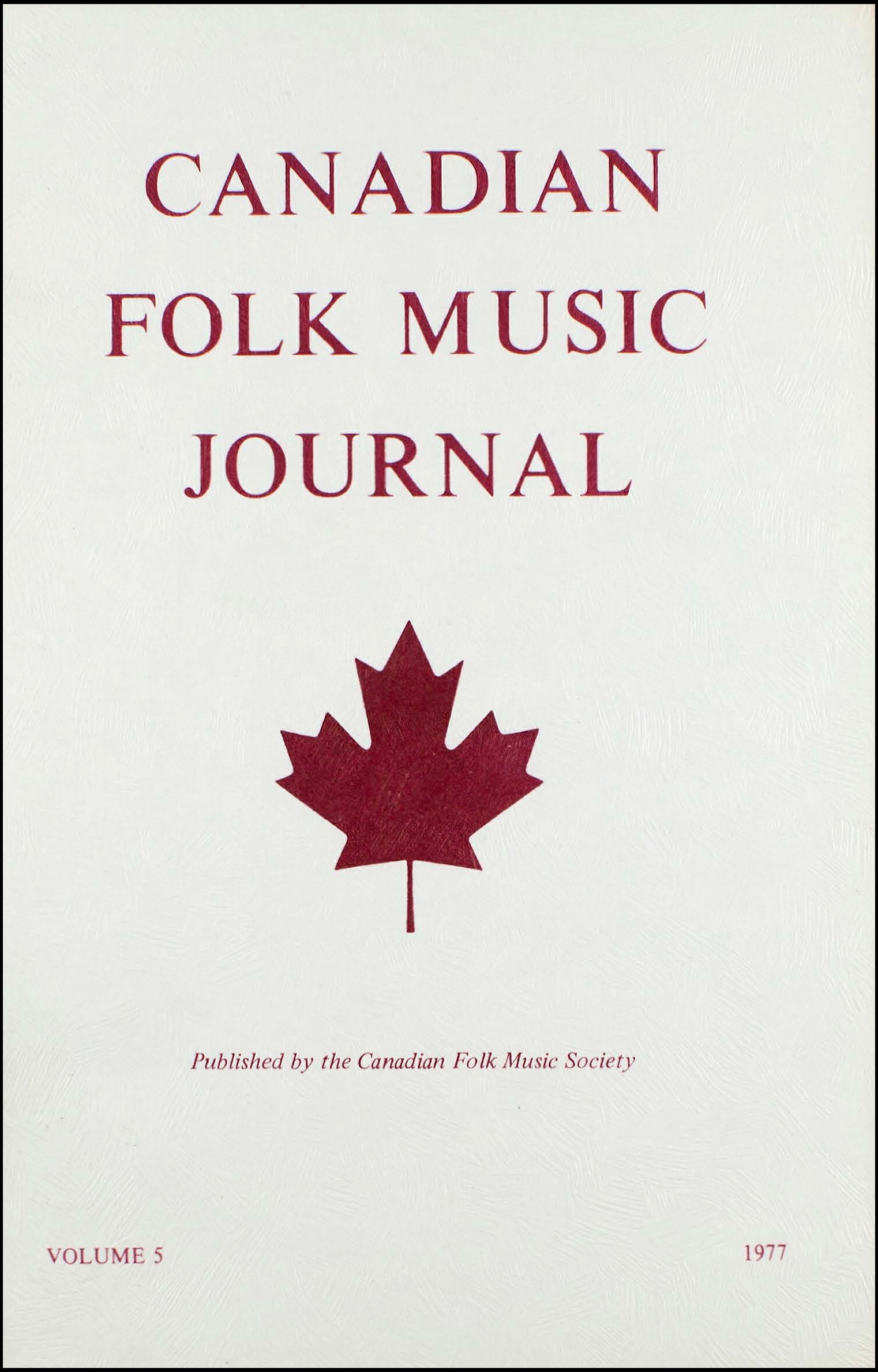Abstract
Cecil Sharp a remarqué par écrit en 1907 que les chanteurs traditionnels anglais avec qui il travaillait l'assuraient fréquemment au cours de la conversation de la véracité des fairs à la base de leurs chansons narratives. Depuis cette époque, la tendance des chanteurs à chanter ce qu ’ils considèrent être de ‘ ‘vraies ’ ’ chansons ou, tout au moins à s'intéresser aux éléments tenus pour vrais dans les chansons, a été très bien documentée dans le domaine de la chanson de langue anglaise. Le but de cette communication est de montrer la valeur de l'enquête systématique dans les aspects de la “vérité” contenue dans la chanson folklorique, en se rapportant plus particulièrement aux questions de formation et de modification du répertoire de chansons vis-à-vis l’esthétique de groupe d’une communauté de chanteurs folkloriques.- The author retains copyright over the work.
- The author grants the journal owner (The Canadian Society for Traditional Music / La Société canadienne pour les traditions musicales) an exclusive license to publish the work.
- The author may post a pre-print or post-print version of the work (see definitions below) on a personal website for up to twelve months after the work is published in MUSICultures. After twelve months, the pre-print version must be replaced with the published version.
- The author may deposit the published PDF of the work in a non-commercial online repository twelve months after the work is published in MUSICultures, or any time thereafter.
- Any such deposit must include a link to the work on the MUSICultures website, e.g., https://journals.lib.unb.ca/index.php/MC/article/view/19996
A pre-print is a work-in-progress—a contribution not yet accepted, or perhaps even submitted, to MUSICultures.
A post-print is the version of a contribution after peer review and acceptance by MUSICultures, with revisions completed.
The published version is the PDF file of a contribution as it appears in MUSICultures.
Please note that academia.edu and ResearchGate.com are both for-profit repositories; authors may not deposit the published PDF of the work in these repositories until after the journal’s embargo period.
For permission to reprint or translate material from MUSICultures, please contact Heather Sparling, General Editor of MUSICultures (heather_sparling@cbu.ca).

